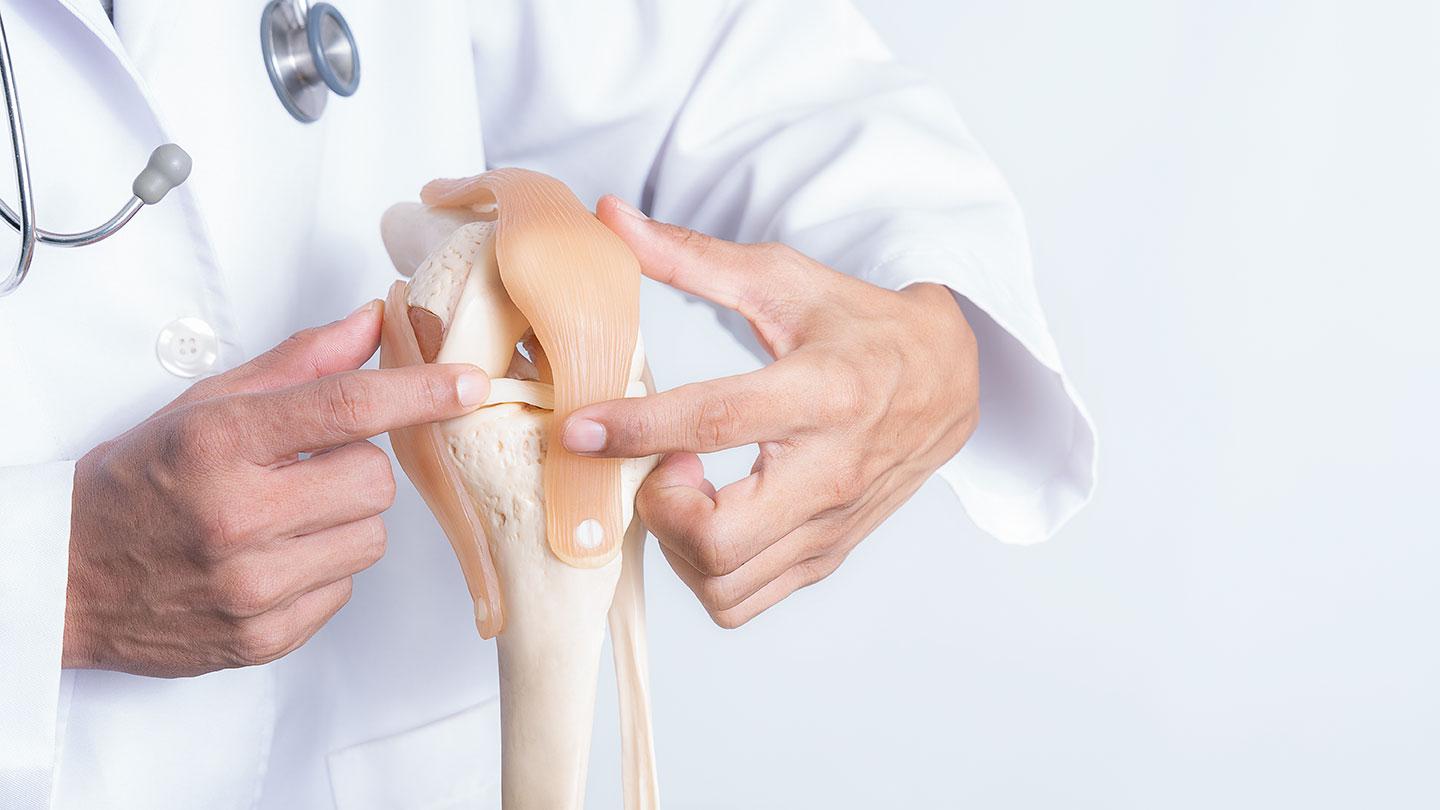So, you finally got your braces—congratulations! You’ve officially taken the first step toward a straighter, more confident smile. But let’s be honest… the first few days with braces can feel a little uncomfortable. Your teeth may feel sore, your gums might feel tender, and biting into anything harder than bread suddenly seems like a challenge.
Don’t worry—this is completely normal. And even better, the discomfort is temporary.
To help you feel better faster, here are some dentist-approved, easy-to-follow tips to reduce pain after getting braces.
1. Start With Over-the-Counter Pain Relief
Right after getting braces, or after any tightening appointment, your dentist may recommend taking an over-the-counter pain reliever like ibuprofen or acetaminophen.
These medications help reduce inflammation and soreness, especially in the first 24 to 48 hours. But remember—always follow the dosage on the label or your dentist’s instructions. You don’t need to take them long-term; usually one or two doses are enough to manage the discomfort.
2. Use an Ice Pack to Reduce Swelling
Ice is one of the easiest and most natural ways to handle pain.
Place an ice pack on the outside of your cheek for about 10–15 minutes at a time. This helps numb the area and reduce swelling. If you don’t have an ice pack, even drinking cold water or sucking on an ice cube can bring soothing relief.
Cold therapy works especially well right after your braces get tightened.
3. Stick to Soft Foods for a Few Days
When your teeth feel sore, the last thing you want is to bite into something crunchy.
For the first 3–5 days, it’s best to stick to soft foods like:
-
Mashed potatoes
-
Yogurt
-
Smoothies
-
Soup
-
Scrambled eggs
-
Pasta
-
Oatmeal
-
Soft fruits like bananas
Avoid crunchy foods (chips, apples), chewy foods (gummies), or hard foods (nuts). They not only make your teeth hurt more but can also damage your teeth braces.
Once the pain reduces, you can slowly return to your normal diet—but still follow your orthodontist’s food guidelines.
4. Apply Orthodontic Wax to Irritated Spots
If your teeth braces are rubbing against your cheeks or lips, orthodontic wax is a life-saver.
Just take a small piece, roll it into a tiny ball, and press it on the bracket or wire that’s bothering you. The wax creates a smooth layer that prevents friction and gives your mouth time to heal.
Keep a small box of wax in your bag or pocket so you’re prepared anytime something feels uncomfortable.
5. Rinse With Warm Salt Water
Salt water rinses are a simple home remedy recommended by almost every dentist. They help reduce inflammation, heal sores, and make your mouth feel more comfortable.
Here’s how to do it:
-
Warm a cup of water (not too hot).
-
Add half a teaspoon of salt.
-
Mix well.
-
Rinse your mouth for 30 seconds and spit it out.
Do this 2–3 times a day for the first few days. You’ll feel the relief almost instantly.
6. Try a Cold or Warm Compress Depending on the Pain
If you’re experiencing soreness in your jaw, switching between cold and warm compresses can help.
-
Cold compress reduces swelling and numbs discomfort
-
Warm compress relaxes your muscles and improves blood flow
Use whichever feels better, or alternate between both for 10–15 minutes each.
7. Stay Hydrated throughout the Day
Drinking plenty of water is a small but powerful tip. Staying hydrated reduces inflammation and keeps your mouth moist, which helps reduce irritation from the brackets and wires.
Cold water, especially, can gently soothe sore gums and teeth.
8. Be Gentle When Brushing Your Teeth
Your teeth might feel extra sensitive after getting teeth braces, so brushing too hard can make the discomfort worse.
Use a soft-bristled toothbrush and brush in slow, gentle motions. You can also consider using an orthodontic toothbrush or an electric toothbrush with a sensitive mode.
A clean mouth also heals faster—so regular brushing and flossing are extra important during the first few days.
9. Avoid Touching or Playing With Your Braces
It may be tempting to run your tongue over your braces or try to adjust loose wires, but this can cause more pain or even damage your teeth braces.
If something feels wrong—like a wire poking your cheek—don’t try to fix it yourself. Instead, call your dentist or orthodontist. They’ll know exactly what to do.
10. Don’t Skip Follow-Up Appointments
Braces work through tiny adjustments made by your orthodontist over time. Even if the tightening sessions feel uncomfortable at first, skipping them will only delay your treatment and may even cause more pain later.
Regular check-ups allow your dentist to:
-
Make sure your braces are moving your teeth correctly
-
Fix loose brackets or poking wires
-
Monitor your progress
-
Give you tips to reduce discomfort
Think of each appointment as another step toward your perfect smile.
11. Chew Orthodontic Chewies or Sugar-Free Gum (If Approved)
Some orthodontists recommend chewing sugar-free gum or using “chewies”—small cylindrical foam pieces designed to help your teeth settle into place after adjustments.
Chewing increases blood flow, which naturally reduces soreness. But only do this if your dentist says it’s okay, as it depends on the type of braces you have.
12. Give Your Mouth Time to Adjust
One of the most important things to remember is this: the pain is temporary.
Your mouth is simply adjusting to something new. For most people:
-
The first 2–3 days bring the most discomfort
-
By day 4 or 5, the pain reduces
-
After a week, your mouth feels almost normal
Every time you get your braces tightened, you might feel a similar soreness, but it usually improves much faster.
Stay patient—your future smile is worth it.
Final Thoughts: Relief Is Just a Few Simple Steps Away
Getting braces is a big step, and experiencing some pain in the beginning is completely normal. But with the right care—and these dentist-approved tips—you can make the process much more comfortable.
Just remember to:
-
Use cold therapy
-
Stick to soft foods
-
Keep your mouth clean
-
Apply orthodontic wax
-
And give yourself time to adjust
In a few days, you’ll feel so much better. And in a few months, you’ll start seeing your smile transform.



